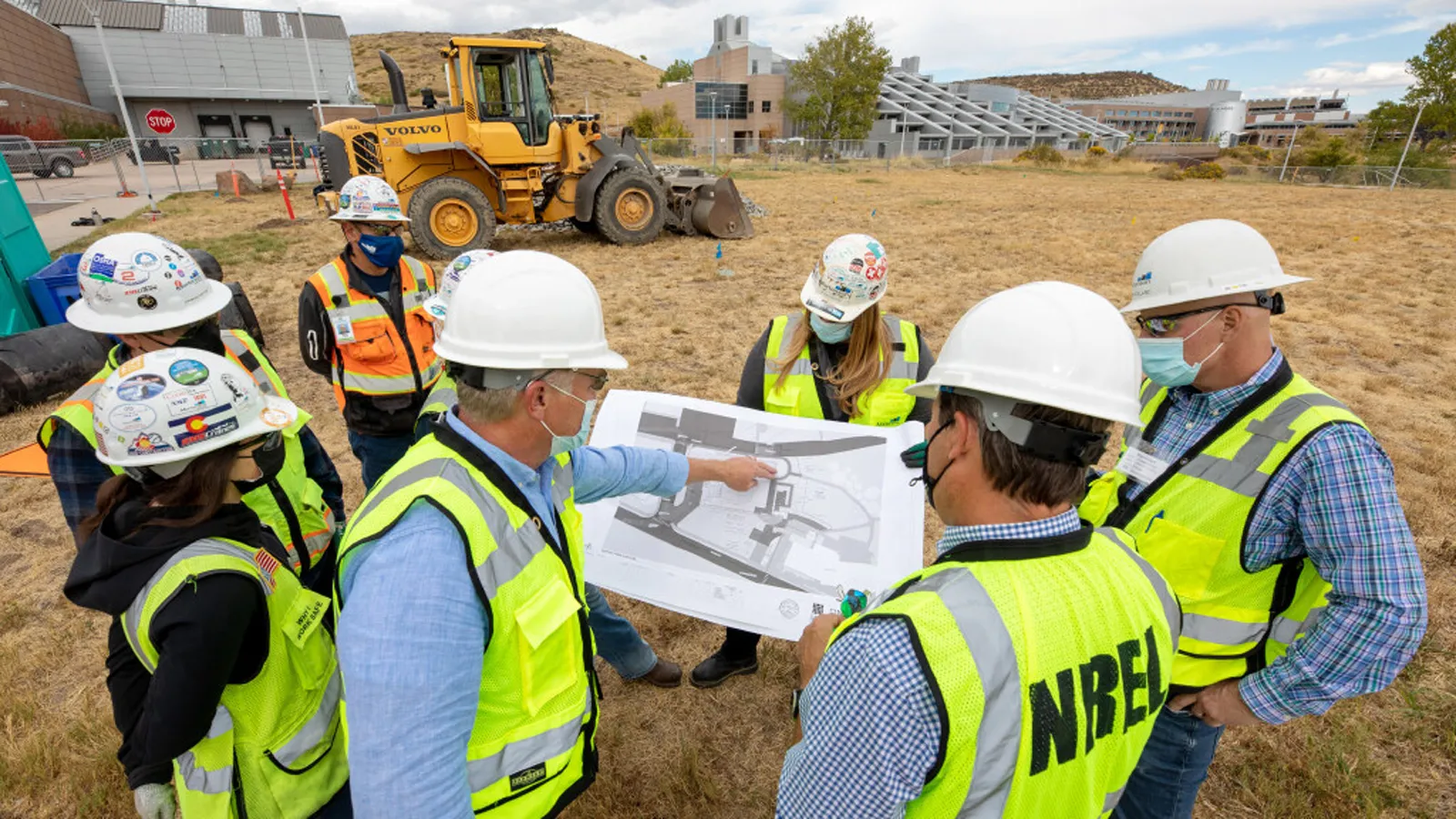Permitting: America’s next big climate conundrum
From Yale Program on Climate Change Communications,
An Op-Ed from CCL’s
As stars align for America’s rapid transition to a clean economy, slow electric transmission project permitting is gumming up the gears.
The vast majority of newly-installed and planned energy projects in the U.S. consist of clean energy – solar and wind farms, often paired with battery storage - even before the Inflation Reduction Act (IRA) expanded the tax credits available to incentivize low-carbon electricity. Economics, policy, and public demand are now all aligned in favor of clean energy.
But as a recent report from Lawrence Berkeley National Laboratory (LBNL) highlights, a growing number of clean energy projects are getting stuck in what are known as “interconnection queues.” In the 2000s, these projects waited an average of two years for the determination about whether the electric grid could handle their added power load. In the 2010s that wait time nearly doubled, to 3.7 years, and a growing number of clean energy projects have been canceled as a result of these lengthy delays.
The key bottleneck? Too-slow construction of new electric transmission lines (especially long-distance lines) to transport electricity from the exploding number of proposed clean energy projects to the places where it’s needed. If not addressed, transmission project delays caused by factors like an onerous permitting process could dramatically hamper America’s clean energy rollout and thus its ability to cut pollution fast enough to meet the country’s Paris commitments.
As a result, some experts believe that climate advocacy in the U.S. may need to shift from a focus on stopping fossil fuel infrastructure to one that centers on enabling the clean energy infrastructure that will displace it.
Demand is shifting from fossil fuels to clean energy
Another new LBNL report finds that America’s energy landscape has shifted dramatically over the past decade. About 60% of new energy installations built in the U.S. in 2011 were fossil fuels (mostly fossil gas) compared to just 40% from renewables (mostly wind). In 2021, 85% of newly installed energy capacity came from clean sources (primarily solar), and the remaining 15% from fossil gas. Of the proposed energy projects currently in the queue, LBNL reports that more than 92% are wind and solar – nearly one-third proposed to be coupled with battery storage – compared to just 7.5% from natural gas.

But most of those proposed projects in the queue will never be built because of lengthy delays and insufficient electric transmission infrastructure. An analysis by the Progressive Policy Institute found that the permitting of transmission lines takes an average of 4.3 years - nearly a year longer than for fossil fuel pipelines. In fact, over the past decade the U.S. has built more than 10,000 miles of natural gas pipelines per year compared to just 1,800 miles of new electric transmission lines per year. Although many factors contribute to lengthy permitting timelines, the difference is partly because the Federal Energy Regulatory Commission (FERC) can approve interstate fossil fuel pipelines, but currently lacks the same authority for interstate transmission lines, which instead require state-by-state permitting approvals.
The challenge is that large solar and wind farms tend to be built in rural areas with relatively inexpensive available land, far away from the population centers that make up most energy demand. Connecting the two requires long-distance transmission lines, which on average take over a decade to build in the U.S. With less than eight years to meet America’s pledge to cut climate pollution by 2030 to 50% below 2005 levels, the importance of permitting reform becomes evident.
The IRA did include nearly $1 billion to provide federal agencies with the resources to review environmental assessments more expeditiously, and FERC has proposed some new rules in an effort to help alleviate transmission bottlenecks. These changes may lead to a faster rate of transmission construction, but it’s difficult to quantify by how much.
According to modeling by the Princeton REPEAT group, were the U.S. to continue its current rate of transmission line build-out, about 80% of the potential emissions cuts from the policies in the IRA would be squandered. The transition from fossil fueled appliances to clean technologies like electric vehicles and heat pumps would increase domestic electricity demand; but without a concurrent acceleration of transmission line construction to allow new solar and wind farms to meet that demand, the Princeton team found that domestic coal and natural gas consumption would rise over the coming decade compared to a scenario with no IRA.

The conundrum that is permitting reform
The permitting reform bill recently proposed by Senators Joe Manchin (D-W.V.) and Majority Leader Chuck Schumer (D-N.Y.) – called the Energy Independence and Security Act – contained several provisions to speed-up transmission projects. For example, it would have empowered FERC to approve interstate transmission lines and also to allocate their costs based on who would reap the benefits, which would avoid lengthy fights over who pays for the projects.
But the package also included provisions aimed at expediting fossil fuel infrastructure projects. These were strongly opposed by many environmental justice groups, who viewed the bill’s restrictions on public input on infrastructure environmental assessments as “an attempt to sacrifice and silence frontline communities,” as the nonprofit environmental law organization Earthjustice put it.
On the other hand, Earthjustice also acknowledged that “we must rapidly build out the infrastructure to unleash clean energy.” Failing to do so would risk squandering the potential pollution cuts from the policies passed in the IRA, significantly lessening its health benefits for disadvantaged communities.
Analyses of the IRA’s benefits found that the associated reductions in air pollution could prevent tens to hundreds of thousands of premature American deaths over the coming decade. If some of those potential pollution cuts are delayed because of transmission project bottlenecks, the cost could be many thousands of lives lost and other adverse health impacts, primarily in disadvantaged communities located near sources of pollution like coal power plants.
Those considerations need to be weighed against the proposed restrictions on public and federal agency reviews of infrastructure environmental assessments. But that’s not a simple calculus, because those public comment tools are important in ensuring that disadvantaged communities are not adversely impacted by harmful infrastructure projects polluting their populations and lands.
In theory, transmission permitting reforms such as empowering FERC to approve interstate lines could be passed (as proposed in a bill called the SITE Act, for example) without attaching other controversial provisions in the proposed package. But in today’s highly partisan and narrowly divided Senate, legislation requires 60 votes to pass, and some key senate Republicans have voiced opposition to taking that authority away from states. And the Republicans’ permitting reform counter-proposal included only the controversial provisions and other fossil fuel-friendly policy changes, with very little content that would accelerate clean energy projects.
Finding a permitting reform pathway through the divided Senate will be a challenge – particularly in a lame-duck session after a congressional election just a month away. But it may be critical if the U.S. is to meet its Paris commitment and reduce air pollution and associated adverse health effects in disadvantaged communities.

